You’ve got big goals for your sales team, and you know that having the right software can make all the difference. But with so many options out there, how do you choose the best sales software for your business? In this article, we’ll provide you with a blueprint for effective sales software adoption. We’ll show you how to simplify the decision-making process, scale your software implementation, and ultimately succeed in maximizing the potential of your sales team. Whether you’re a small business owner or a sales manager at a large corporation, this guide will help you navigate the world of sales software and set your team up for success.
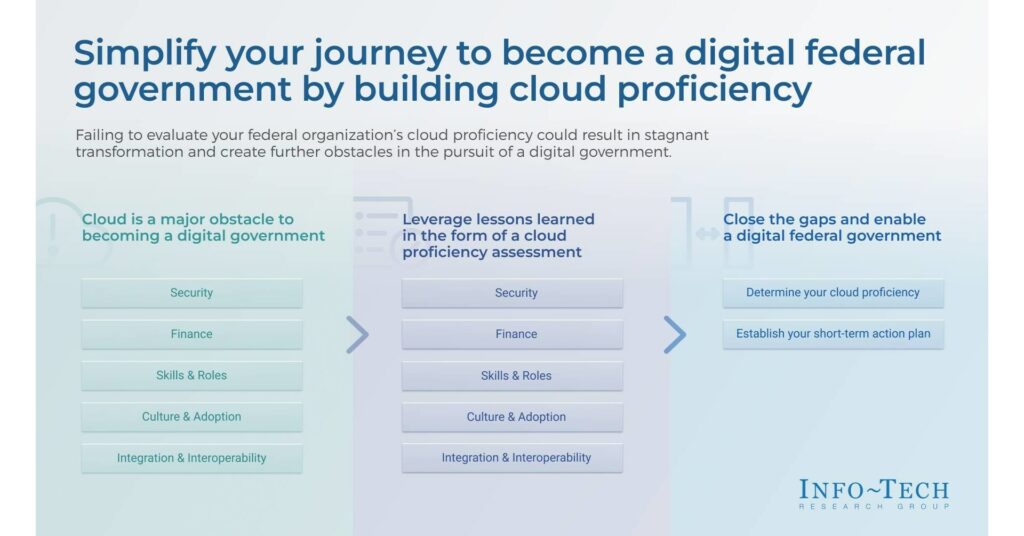
This image is property of mma.prnewswire.com.
Define your goals
When implementing a new sales software, it is crucial to define your goals upfront. Identifying what you hope to achieve will provide a clear direction for the entire adoption process. Start by identifying key objectives that align with your organization’s overall strategy. These objectives should be specific and measurable, allowing you to track your progress effectively. For example, your goals might include increasing sales productivity, improving customer relationship management, or streamlining the sales process. By setting measurable targets, such as a specific percentage increase in sales or a reduction in response time, you can monitor the success of your software adoption.
Evaluate your current sales process
Before implementing new sales software, it is essential to evaluate your current sales process thoroughly. This evaluation will help you identify pain points and inefficiencies that the new software can address. Analyze existing processes to understand what is working well and where improvements can be made. This assessment will provide valuable insights into areas for improvement and guide your decision-making process when selecting the right software. By understanding the weaknesses and strengths of your current sales process, you can ensure that the chosen software will be the most effective solution for your organization.
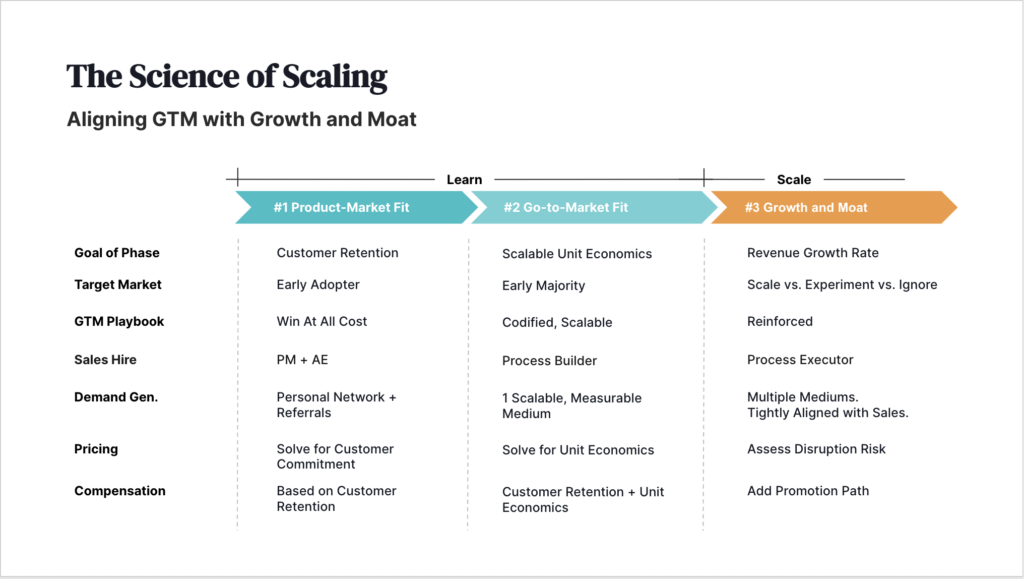
This image is property of www.stage2.capital.
Research and select the right sales software
Once you have evaluated your current sales process, it’s time to research and select the right sales software for your organization. Start by identifying your needs and requirements. What specific features and functionalities would benefit your sales team the most? Consider factors such as ease of use, scalability, integrations with existing systems, and the overall user experience. Take the time to explore available options in the market, considering both established vendors and emerging solutions. Compare the features and functionality of different software options to determine which one aligns best with your organization’s goals and requirements.
Pilot test the chosen software
Before fully implementing the sales software across your organization, it is essential to conduct a pilot test. Select a pilot team that represents a cross-section of your sales department to test the software in real-world scenarios. Define success metrics for the pilot test, such as increased sales conversions or improved lead management. By evaluating the software’s performance within a controlled environment, you can identify any necessary adjustments or improvements before rolling it out to the entire sales team. The pilot test also provides an opportunity for feedback from the pilot team, ensuring that their insights and experiences are considered in the final implementation plan.
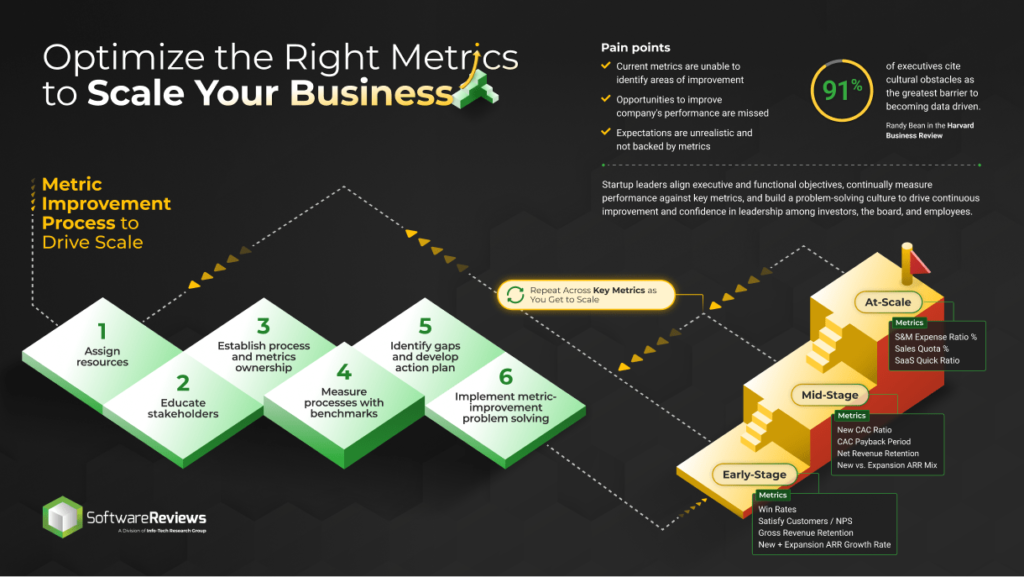
This image is property of cdn-static.infotech.com.
Create a comprehensive implementation plan
Once you have successfully pilot tested the chosen sales software, it’s time to create a comprehensive implementation plan. The plan should outline key milestones and timelines, breaking down the adoption process into manageable phases. Allocate necessary resources, such as budget, personnel, and equipment, to ensure smooth implementation. Assign responsibilities and roles to individuals or teams, clarifying who will be responsible for specific tasks and ensuring accountability throughout the process. A well-structured implementation plan will serve as a roadmap for the successful adoption of the sales software.
Provide adequate training and support
To ensure the successful adoption of new sales software, it is crucial to provide adequate training and support for your sales team. Offer training sessions and workshops that cover the features and functionalities of the software. These training opportunities should be tailored to the specific needs and skill levels of your sales team members. In addition to training, provide documentation and resources, such as user manuals or online tutorials, that sales team members can reference when needed. Offer ongoing support and assistance, whether through a dedicated support hotline or regular check-ins, to address any questions or concerns that arise during the adoption process. By investing in training and support, you will enable your sales team to effectively utilize the software and maximize its potential.
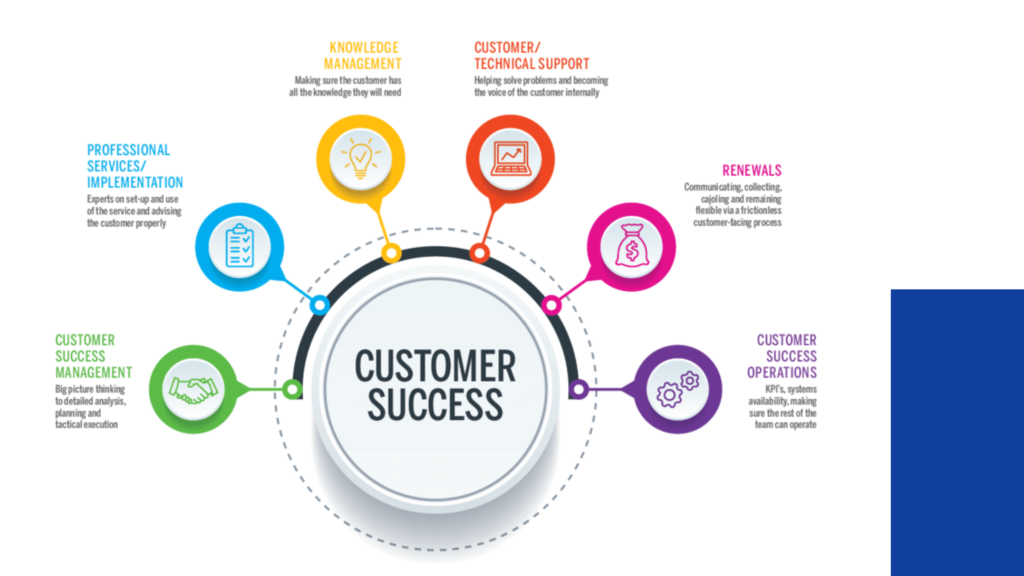
This image is property of cxchronicles.com.
Integrate the sales software with existing systems
Integrating the sales software with your existing systems is essential to ensure a seamless workflow and maximize productivity. Before integrating, ensure compatibility between the new software and your current infrastructure. Work with your IT department or software vendors to conduct compatibility tests and address any potential issues. Plan the data migration and integration process carefully, taking into account the volume and complexity of the data that needs to be transferred. Thoroughly test the integration for smooth functionality and ensure that data is transferring accurately and efficiently between systems. By successfully integrating the sales software with your existing systems, you can eliminate data silos, increase efficiency, and provide a better overall user experience.
Communicate and engage stakeholders
Effective communication and engagement with stakeholders are crucial for the successful adoption of sales software. Clearly communicate the benefits and purpose of the software to all stakeholders, including sales team members, managers, and executives. Address any concerns or misconceptions about the software, providing clarifications and reassurances where needed. Encourage feedback and collaboration from stakeholders, giving them the opportunity to share their insights and suggestions for improvement. By actively involving stakeholders in the adoption process, you can foster a sense of ownership and promote a culture of collaboration and innovation.
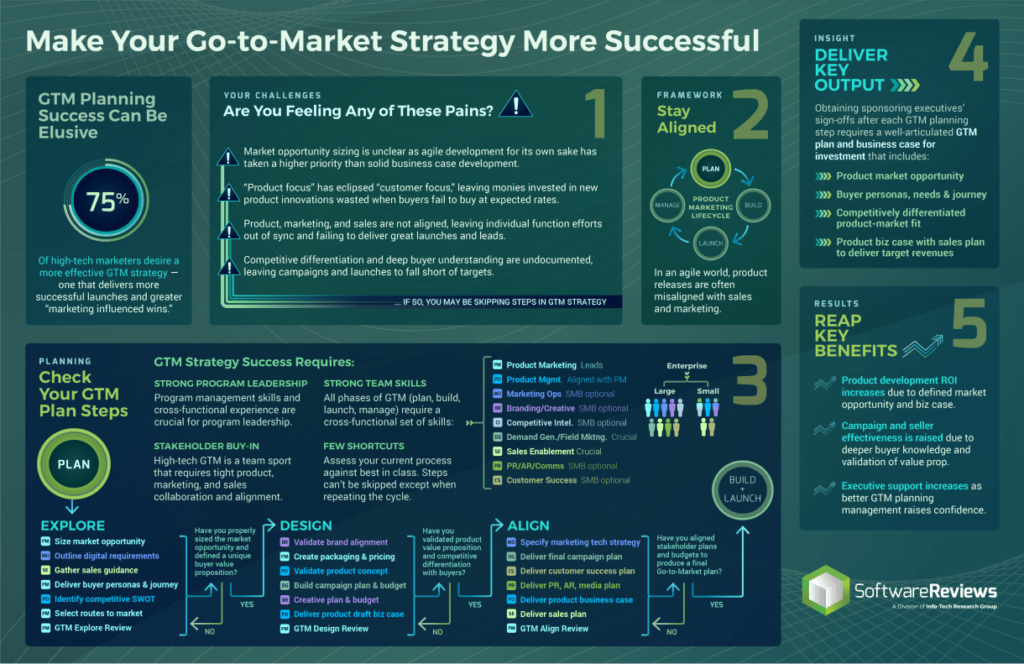
This image is property of cdn-static.infotech.com.
Monitor and analyze adoption progress
As you implement the sales software, it is important to monitor and analyze the adoption progress. Track user engagement and utilization of the software to ensure that it is being effectively utilized by your sales team. Analyze usage data and metrics to identify areas for further improvement or additional training needs. Regularly review and assess the progress towards your defined goals and targets, making any necessary adjustments to the adoption strategy. By monitoring adoption progress, you can address any issues or barriers to success and ensure that the software is delivering the expected results.
Celebrate successes and recognize achievements
Finally, it is important to celebrate successes and recognize achievements throughout the sales software adoption process. Acknowledge and appreciate individuals and teams who have contributed to the successful implementation and utilization of the software. Highlight the positive outcomes and return on investment (ROI) that have been achieved as a result of the software adoption. By promoting a culture of innovation and growth, you can inspire your sales team to continue striving for excellence and embrace future changes or advancements. Celebrating successes and recognizing achievements will reinforce the value of the sales software and motivate your team to maximize its potential.
In conclusion, implementing new sales software requires a well-defined plan and a focus on achieving specific goals. By thoroughly evaluating your current sales process, researching and selecting the right software, piloting and testing, creating an implementation plan, providing training and support, integrating with existing systems, communicating and engaging stakeholders, monitoring adoption progress, and celebrating successes, you can ensure an effective adoption of sales software. Simplify, scale, and succeed by following this blueprint, and watch your sales team thrive with the support of powerful software tools.